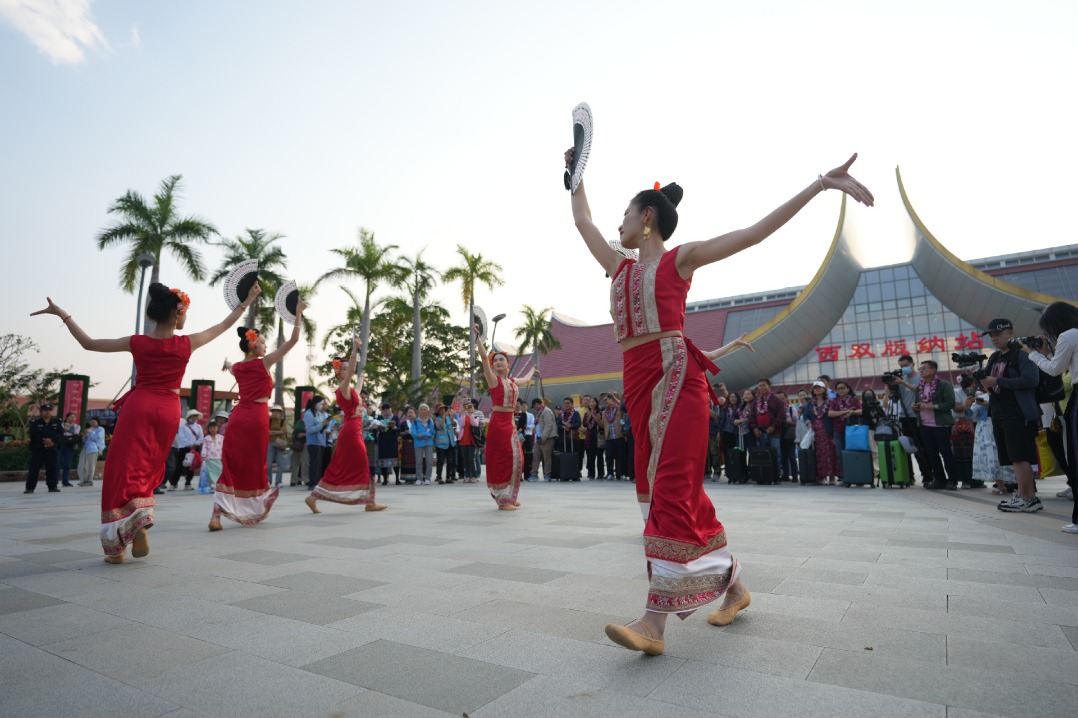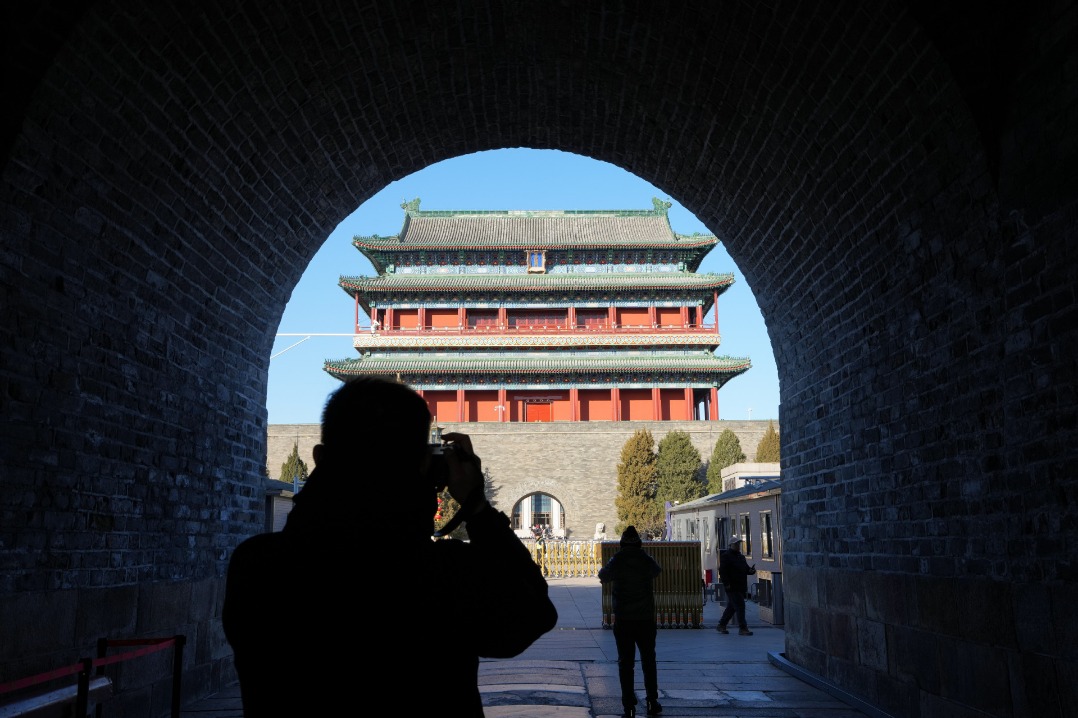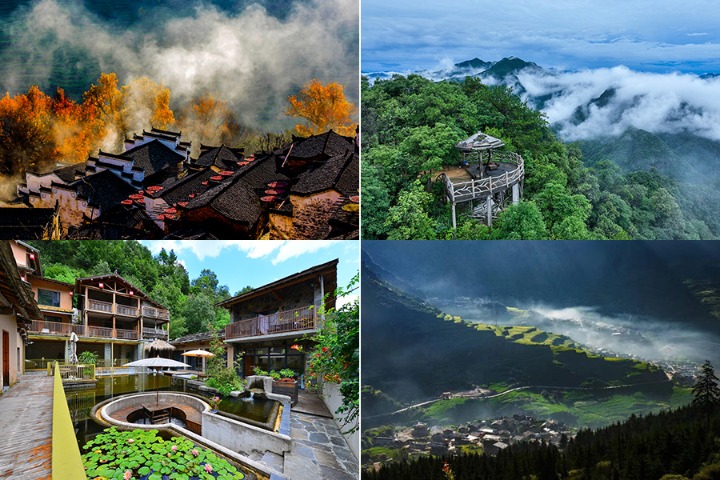Statue stands tall as nation continues to make huge strides


However, the project was later shelved, as more than a dozen Chinese cities that had been selected as pilot areas for opening-up, applied for the right to raise a statue of Deng following his death in February 1997. None, however, was approved.
It was not until 2000, when Shenzhen celebrated the 20th anniversary of its founding that the plan was put on the agenda once again. In November that year, the Deng Xiaoping statue was completed.
Teng Wenjin, major designer of the statue, says the original design was based on a photo of Deng taken during his Southern Tour where he was just standing. Designers later changed it to show him walking, which Teng says carries a special meaning that "the steps of carrying out reform and opening-up should be bold".
With the spirit of openness, innovation and entrepreneurship, Shenzhen has developed into a metropolis with a strong private economy. It is home to a number of globally well-known tech enterprises, including telecom equipment supplier Huawei, internet giant Tencent and drone maker DJI.
Ezra Vogel, former director of Fairbank East Asia Center and the author of Deng Xiaoping and the Transformation of China, said in a 2020 interview that the things which Shenzhen has achieved over the past 40 years were unique.
Also known by his Chinese name Fu Gaoyi, the late American Sinologist added at the time that it rose from an impoverished prefecture to a metropolis with a population of over 20 million people in four decades, noting that there is no other place in the world that has developed so rapidly.
Special economic zones represented by Shenzhen are the vanguard of China's development, he says. Some other countries-developing countries, in particular-can learn from their development paths, he says.

































